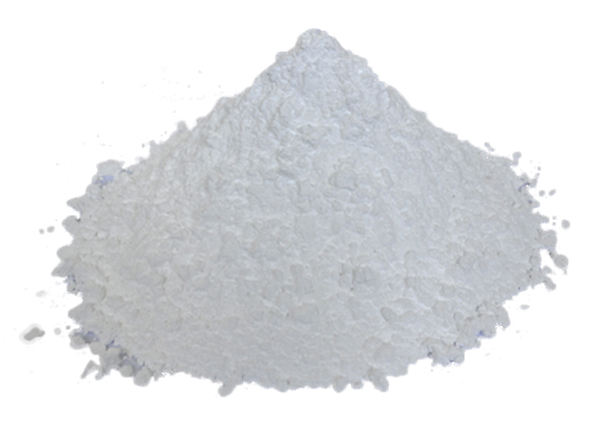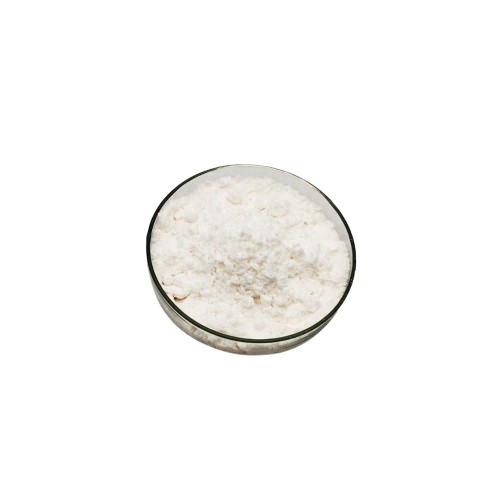
Yttrium, a slivery-metallic transition metal, has often been classified as a rare earth element. Yttrium has been widely used in various fields. For example, yttrium oxide is served as the host lattice for producing phosphors which are used in colored televisions and LEDs. Yttrium is also used for producing a variety of synthetic garnets with different applications such as microwave filters, acoustic energy transmitters and transducers. Yttrium can be used to produce powerful pulsed lasers and superconductors. In biomedical field, yttrium is used in cancer treatment drugs, rheumatoid arthritis medicines and surgical supplies. Small amounts of yttrium can reduce the grain sizes of chromium, molybdenum, titanium and zirconium. Yttrium is also used to enhance the strength of aluminum and magnesium alloys. The addition of yttrium to alloys can generally add resistance to high-temperature recrystallization and high-temperature oxidation.

Rare earth fluorides are compounds composed of rare earth elements and fluorine atoms, usually white crystals with good thermal and chemical stability. Fluorinated rare earths have a very important position in the rare earth industry, and their main applications include electronics, catalysis, ceramics, energy and other fields.